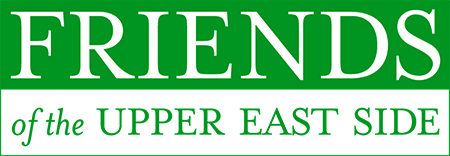Advocacy
PLANNING & ZONING FOR LIVABLE NEIGHBORHOODS
As the Upper East Side faces rapid change, stimulated in part by the opening of the Second Avenue Subway in 2017, as well as the phenomenon of the “supertalls” looming to our south, FRIENDS is dedicated to fighting for sound development across the entire neighborhood.
In 2015, FRIENDS commissioned BFJ Planning to examine the parts of the Upper East Side most vulnerable to out-of-scale development, while identifying the values and resources that create its special sense of place, including its history as the immigrant community of Yorkville. In response to findings from the study, FRIENDS is working to examine ways to amend our area’s zoning to help encourage reasonable, rather than out-of-scale, buildings, and reinforce its character.
The results of the study were published in The Upper East Side-A Framework for the Future of Five Neighborhoods, which identified specific development risks threatening community integrity in the neighborhoods of Lenox Hill, Yorkville, East Harlem, Carnegie Hill, and the Upper East Side. Risks include the loss of existing small businesses and a diverse range of housing options, including a vast stock of stabilized and regulated housing (38 percent of all parcels in the Study Area included affordable units).
The report addresses the impact of the irreversible transformation that will happen rapidly without a measured approach by the City for sustainable and contextual development and offers 12 recommendations for balanced growth.
Achieving Change
We are also part of a powerful coalition of neighborhood and citywide organizations and elected officials that has forced the administration to “lose the loopholes” and address some of the underlying issues in our zoning leading to overdevelopment and develop legislative remedies. Our efforts bore fruit on May 29, 2019 when the New York City Council voted to amend the Zoning Resolution to cap exempt mechanical void space within new buildings in residential neighborhoods.This ruling is a small but powerful step towards closing commonly-abused “loopholes” and restoring predictability to new construction. In addition, the Department of City Planning has made a commitment to studying other “loopholes” and developing corrective text amendments.
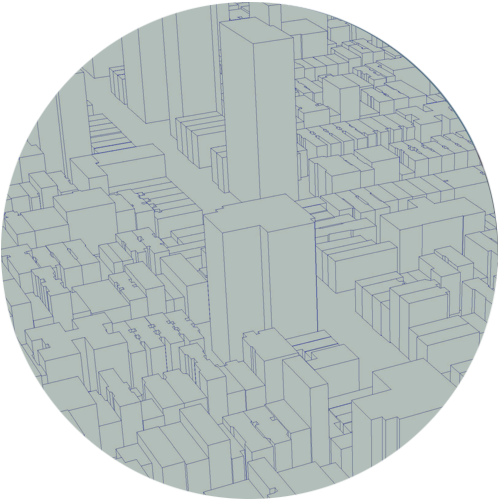

Among the findings from The Upper East Side-A Framework for the Future of Five Neighborhoods (2015):
- The Upper East Side has relied on hard-won contextual zoning regulations to help maintain the area’s human-scale character in the mid-blocks, while limiting higher-density development to the wider streets and avenues. This has contributed to the preservation of the area’s affordable housing stock. Any zoning changes would shift this intricate balance.
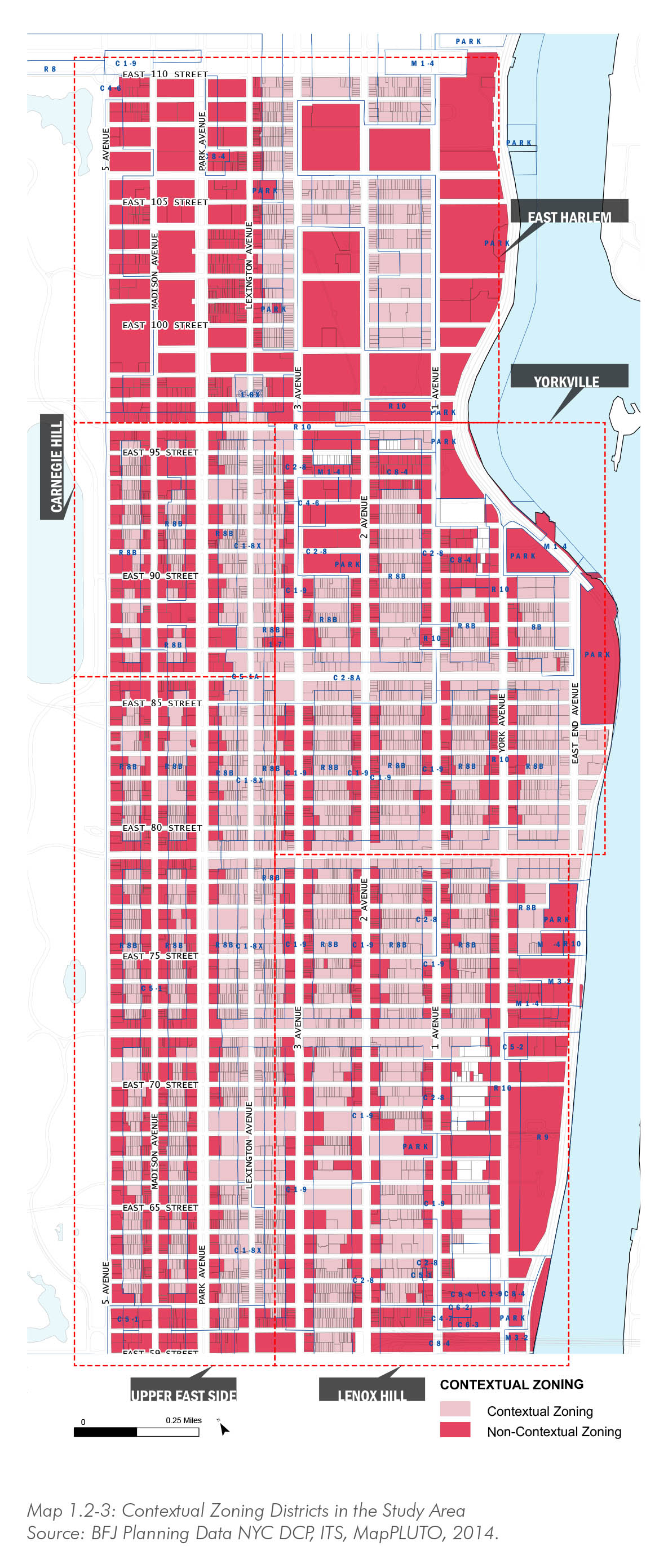
- These neighborhoods, especially Yorkville, Lenox Hill, and East Harlem, are characterized by great income diversity and high population density of people aged 62 years and older, while at the same time they are the locus of the largest proposed development projects in the area. Unmitigated change in these neighborhoods has the potential to displace the most vulnerable populations who reside in this community in large numbers.
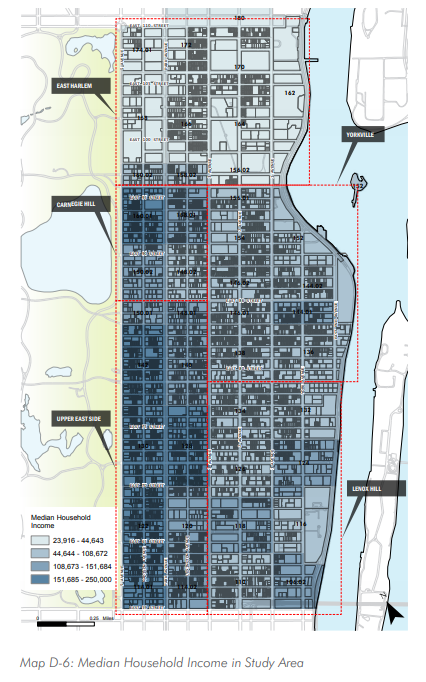
- Less than 1% of the Upper East Side land area is devoted to parks and open space. Much of the open space below East 96th Street bears no parks or playgrounds, but is a patchwork of “privately owned public spaces” (POPS), which are often poorly maintained and habitually used exclusively for private uses. See below for more on these valuable spaces.
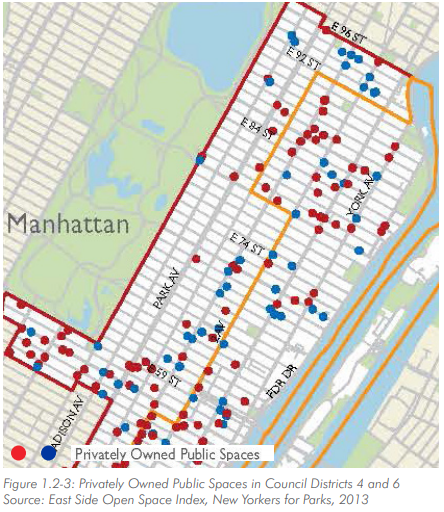
FRIENDS’ leading work to identify zoning loopholes contributing to overdevelopment both on the Upper East Side and citywide, supported with the essential contributions of consultant urban planners and land use experts and the support of local elected officials. Together, FRIENDS has taken on a broad campaign not only to educate the public and our decision-makers about the exploitation of loopholes in our Zoning Resolution that lead to overdevelopment, but also to propose and help shape solutions to limit the use of egregious tactics that subvert the intent of zoning and local land use regulations in a multitude of ways.
We have also looked beyond the purview of City policy for creative solutions to these issues. In Spring 2019, FRIENDS was leading member of a robust coalition working to change the text of the New York State Multiple Dwelling Law as a further means of encouraging sound and reasonable development in New York City.
Recent News
-
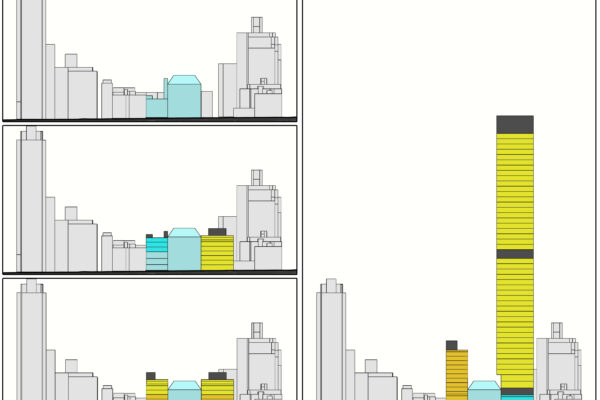
Advocacy Alert: Write to state lawmakers about concerning provisions in Faith-Based bill
Read moreThe misleadingly named “Faith-Based Affordable Housing Act” has once again moved to the forefront in Albany — and it poses a serious threat to historic
-

FRIENDS Comments on Mayoral Charter Revision Commission
Read moreMayor Adams has convened a new Charter Revision Commission (CRC) with the stated goal of addressing the city's housing crisis—but make no mistake: behind the
-
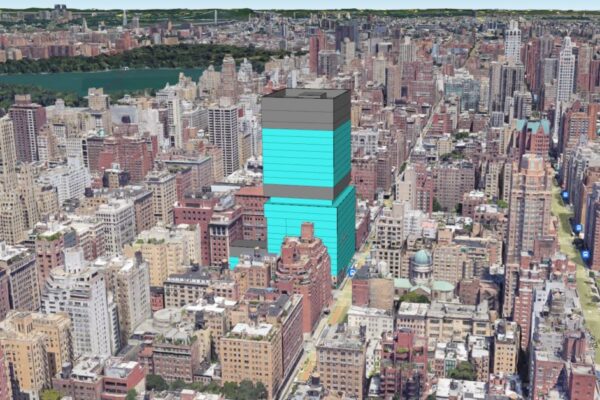
FRIENDS Issues Joint Statement Opposing Lenox Hill Hospital Redevelopment Proposal
Read moreFRIENDS testified at the July 10 City Planning Commission Public Hearing on City of Yes for Housing Opportunity, the New York City Department of City
-
 14
Jan
14
Jan
Affordable Housing Loss in Yorkville
Read moreFor the fifth time in recent years, there is a fast-moving proposal at the State level to lift the longstanding cap on residential development in
